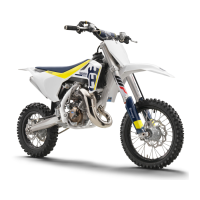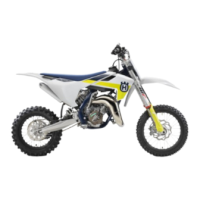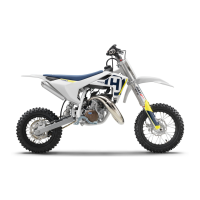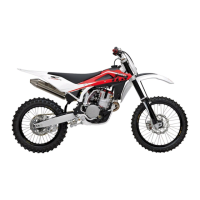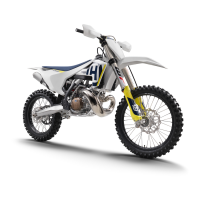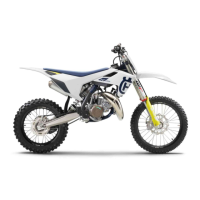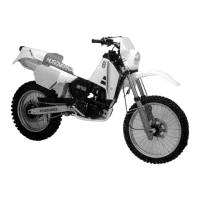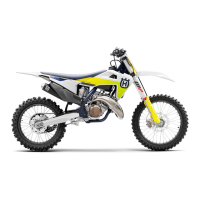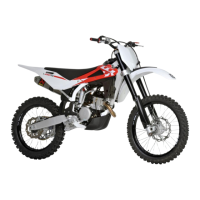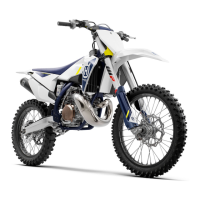Why does my Husqvarna TC 65 Motorcycle engine have so little power?
- VvilladylanAug 17, 2025
Several issues can cause a lack of power in your Husqvarna Motorcycle engine. Check for a fuel feed interruption by inspecting the fuel tank breather and cleaning the fuel tap. Also, a very dirty air filter restricts airflow, so clean the air filter and air filter box. Inspect the exhaust system for leaks or deformation, and consider replacing the glass fiber yarn filling in the main silencer. A fault in the ignition system could also be the cause, so check and adjust the ignition. Damaged diaphragm or reed valve housing can also reduce power, so inspect them. Finally, consider that noticeable wear may require an engine overhaul.
